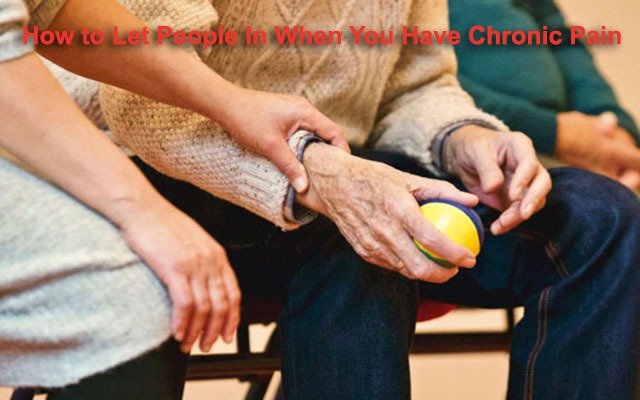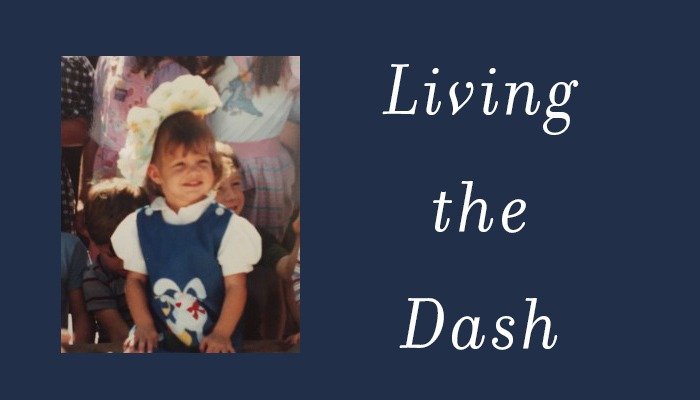Managing the Fear of Prescription Drug Addiction

Doctors prescribe more painkillers today than they ever have – with primary care providers accounting for about half of opioid pain relievers dispensed, according to the Centers for Disease Control and Prevention (CDC).
We reached out to Dr. Christo, one of America’s leading pain experts and host of Aches and Gains radio show on Sirius XM, to hear what he had to say:
Dr. Paul Christo
Opioid use and fear of prescription drug addiction
Opioids have been much more liberally prescribed in the past 20 years and the evidence for long-term use is still unclear. Because of overdose and death, especially in combination with alcohol and benzodiazepines there is a concern about long-term opioid use.
With the newly released CDC guidelines, physicians and health care providers will most likely prescribe fewer opioids, and we will hopefully see fewer overdoses and deaths.
[Related – The Opioid Overview]
However, if you’re concerned about becoming addicted to opioid medications, it’s important to talk to your pain specialist or the provider prescribing opioid therapy. In either case, your doctor or healthcare provider should assess your individual risk of misuse, abuse, and addiction and then tailor opioid therapy based on your particular risk. This is often accomplished by a targeted history that elicits information about a personal or family history of drug abuse, as well as an opioid risk assessment questionnaire.
How opioids are prescribed
Most pain specialists use non-opioid pain medications as first line therapy, including anti-depressants, anti-inflammatories and anti-epileptic medications. They can also offer procedures to reduce pain like nerve blocks, injections, electrostimulation as well as recommend physical therapy and psychological support. Integrative therapies like acupuncture and yoga are also options for easing pain.
Opioids are generally prescribed when a patient has very severe pain and has not been responsive to other therapies. If a patient’s life is significantly impaired, then opioid therapy can be considered.
When the benefits of opioid therapy outweigh the potential harms, it becomes an option as long as the medication provides relief in a way that improves function, and offers a better quality of life with minimal side effects. Oftentimes the side effects, like constipation, can be controlled.
As an example, I have a patient with chronic low back pain after spine surgery. Previous non-opioid therapies and injections have been inadequate. We turned to a sustained release opioid and a low dose, short acting opioid. She’s now able to work part time and does some low impact exercise in the pool. We are doing urine drug monitoring to ensure compliance with the therapy. Overall, she feels good enough to do many but not all of the activities in life that are worthwhile for her.
The risk of addiction to pain medication
It’s hard to determine the actual risk of addiction in pain patients because the results of studies on this subject vary. For instance, one study shows the rate of abuse or addiction in chronic pain patients is as low as 3 to 4 percent. However, another study suggests it could be between 18 and 41 percent. And the lifetime prevalence of addictive disorders in the general population ranges from 3 to 16 percent.
When to be concerned about abuse
As you can imagine, the factors behind abuse and addiction are complicated. It’s a combination of physical, psychological, and genetic factors.
Physical dependence is your body’s physiological response to taking a drug for a certain period of time. If you stop using the drug abruptly, or reduce the dose quickly you will experience withdrawal symptoms. The key is to reduce the dose of the medication slowly. Tolerance develops when the drug produces fewer effects over time. Often, the drug dose is increased to overcome this effect.
Abuse is any use of an illegal drug, or the intentional use of a medication for non-medical purposes like using opioids as a sleep aid or to “get high.” Addiction is a neurobiological disease that combines genetic, psychosocial, and environmental factors together to influence its development.
When we see patients with impaired control over drug use, compulsive use, continued use despite harmful consequences, and/or craving, the disease of addiction may be present Addiction is a serious problem and there are millions of people who struggle with the disease. Don’t be afraid to ask for help if you are concerned for yourself or a loved one.
Strategies for reducing risk of opioid abuse and addiction
If you’re concerned about the potential for abuse or addiction to an opioid, talk to your pain specialist. Here are ways individual addiction risk can be assessed and monitored, and abuse prevented:
- Risk assessment tools – Usually a questionnaire to determine individual risk
- Family history review – Is there history of drug or alcohol abuse?
- Risk stratification – Is it low, medium or high?
- Patient opioid agreement – Informed consent that covers parameters of medication use and consequences of problematic use
- Urine drug monitoring – Checks that prescribed drugs appear in the urine and that non-prescribed or illicit drugs do not
- Pill counting and refill monitoring
- Prescription monitoring programs – Physicians can access a database before prescribing to make sure the patient is not already receiving opioids from other sources
- Abuse deterrent formulations – New for extended release opioids. Prevents tampering and subsequent crushing for intranasal or intravenous abuse
- Regular doctor visits – Monitor patient and results of treatment plan
When opioid therapy needs to stop
If there is a concern that a patient is abusing an opioid or has developed the disease of addiction, most pain specialists will refer the patient to an addiction medicine specialist. In this case, opioid therapy may be reduced or discontinued, and other therapies for pain used instead. It’s important to make sure that the patient’s substance abuse/addiction is addressed rather than simply withdrawing opioid therapy without suggesting an addiction medicine assessment and treatment.
If there is a problem with misuse or abuse, pain specialists should discuss the situation with the patient, make adjustments to the therapy, or make appropriate referrals to a substance abuse counselor or therapist. The specialist and patient would then determine if the harm of continuing opioid therapy outweighs the benefit.
Opioids are essential for certain patients
Opioids are often important in alleviating cancer pain and pain at end of life. The current controversy relates to opioid therapy for patients with chronic, non-cancer pain. In a select group of these patients, opioids can still play an important role in alleviating pain, improving function and enhancing life.
To get another physician’s perspective on opioids and her personal pain story, read Opioids for Chronic Pain: Gain Insider Advice.
What are your thoughts on opioids? Do you have a fear of prescription drug addiction? If you’ve been able to transition from opioid therapy to other therapies, please comment below.
PainPathways Magazine
PainPathways is the first, only and ultimate pain magazine. First published in spring 2008, PainPathways is the culmination of the vision of Richard L. Rauck, MD, to provide a shared resource for people living with and caring for others in pain. This quarterly resource not only provides in-depth information on current treatments, therapies and research studies but also connects people who live with pain, both personally and professionally.
View All By PainPathways






